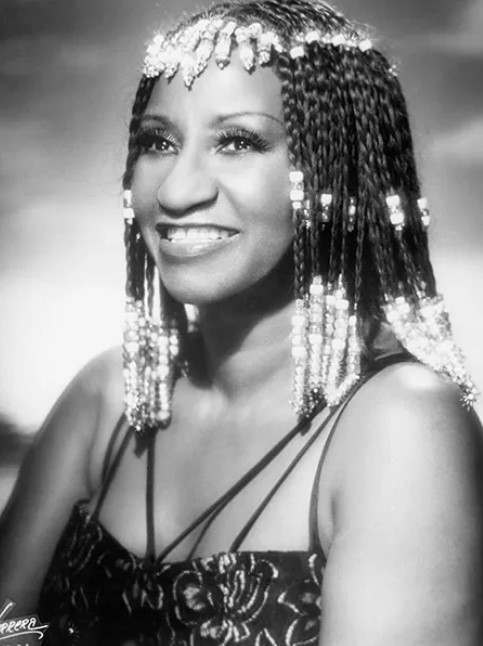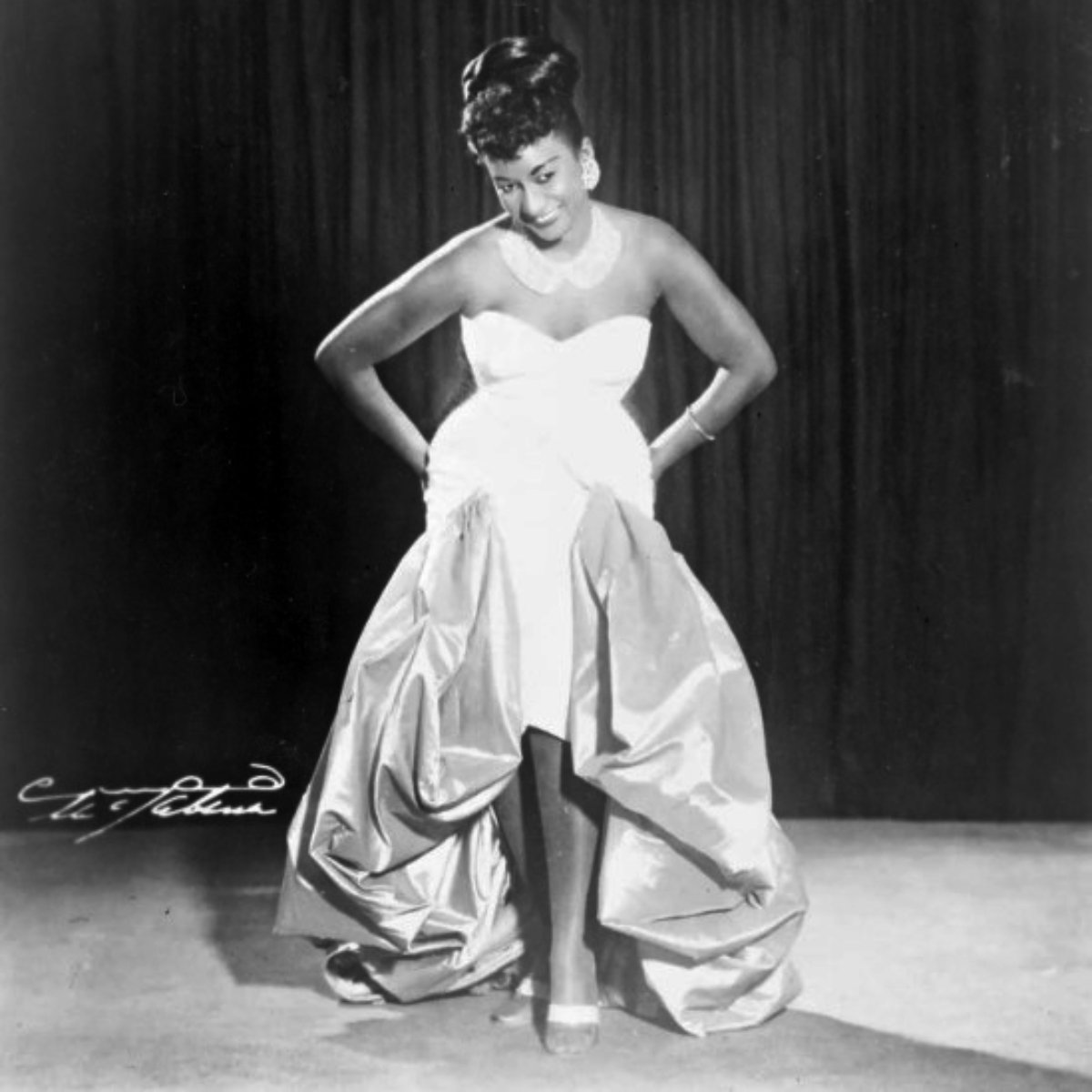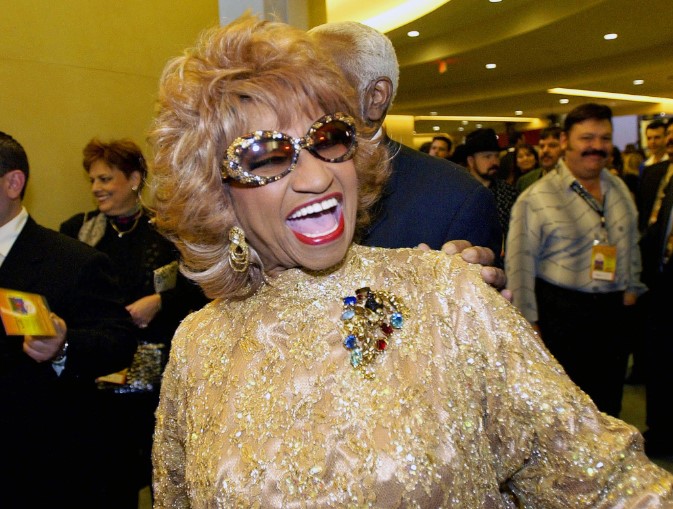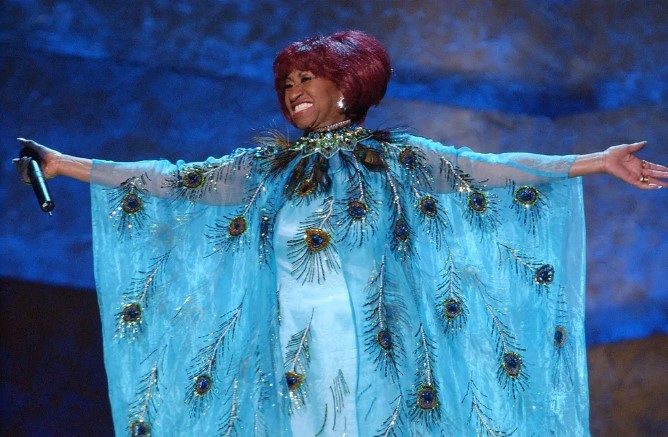What Makes Celia Cruz The Queen Of Salsa?
Celia Cruz was an internationally acclaimed singer and dynamic stage performer from the 1940s to the start of the 21st century. She was instrumental to the creation and popularization of “salsa,” a new genre of pan-Hispanic music that emerged in the 1960s.
Her long, versatile career broadened the reach of Caribbean and Latin American music, celebrating its African roots. Sadly, the extraordinary salsa singer passed away in 2003, leaving millions of fans brokenhearted.
While countless articles discuss her life and legacy, not many can explain why she is called “the Queen of Salsa”. We’re here to provide that answer.
Celia Cruz is an important icon in salsa

Celia Cruz, a Black Cuban singer, is renowned for her powerful voice, distinctive style, and prolific career, which helped shine a light on Black Caribbean culture and history. Her famous catchphrase “Azúcar!” symbolizes not just Cuban coffee culture but also reflects the legacy of enslaved people on sugar plantations in Cuba.
As the lead vocalist for the Cuban orchestra La Sonora Matancera, Cruz captivated audiences throughout Latin America. She made her way to the U.S. on November 20, 1961, where she carved out a place for herself in the competitive, male-dominated salsa scene.

Salsa music emerged in the 1960s and 1970s in New York, blending various Afro-Latino musical styles, and Cruz embraced this genre wholeheartedly. By performing salsa in Spanish, she celebrated her Afro-Latino roots during a time of significant social change in the United States, including the Civil Rights movement.
Throughout her career, Celia Cruz recorded over 70 albums and songs, with many achieving gold or platinum status. She performed at the Hollywood Palladium in 1959 and took the stage at Carnegie Hall in 1973. Cruz was honored with city keys from the mayors of Miami, Orlando, San Francisco, and New York City. In addition, she received the Hispanic Heritage Lifetime Achievement Award in 1994 and the President’s Award from the National Endowment for the Arts in 1995, along with several honorary doctorates.
Celia Cruz’s signature costumes were vibrant

Celia Cruz’s signature costumes were as vibrant and captivating as her music. Her wardrobe became an integral part of her identity as the “Queen of Salsa.”
Dressed in a breathtaking white gown and bowing gracefully to the audience, Cruz accessories with a striking pearl necklace and a shimmering silver bracelet. From the very start of her illustrious career, she showcased a unique and unmatched style, establishing herself as a true fashion icon.

In a dazzling gold dress, Cruz pairs her outfit with bold gold earrings and chic animal-print glasses, highlighting her adventurous and unforgettable fashion sense.

Adorned in a flowing blue dress inspired by peacock feathers, Cruz radiates confidence and charisma as she captivates her audience with her enchanting performance.

The Bata Cubana originated in the 19th century and reflects Cuba’s diverse cultural influences. It combines elements from Spanish, French, and African traditions, merging aspects of theater, celebration, and carnival with styles from slavery and gypsy dress.
This colorful garment is often worn for performances on stage or in cabarets. Celia Cruz’s Bata Cubana is made of orange polyester satin, featuring white eyelet trim along the ruffles and seams, and accented with orange ribbon. It became her favorite costume for performances.

